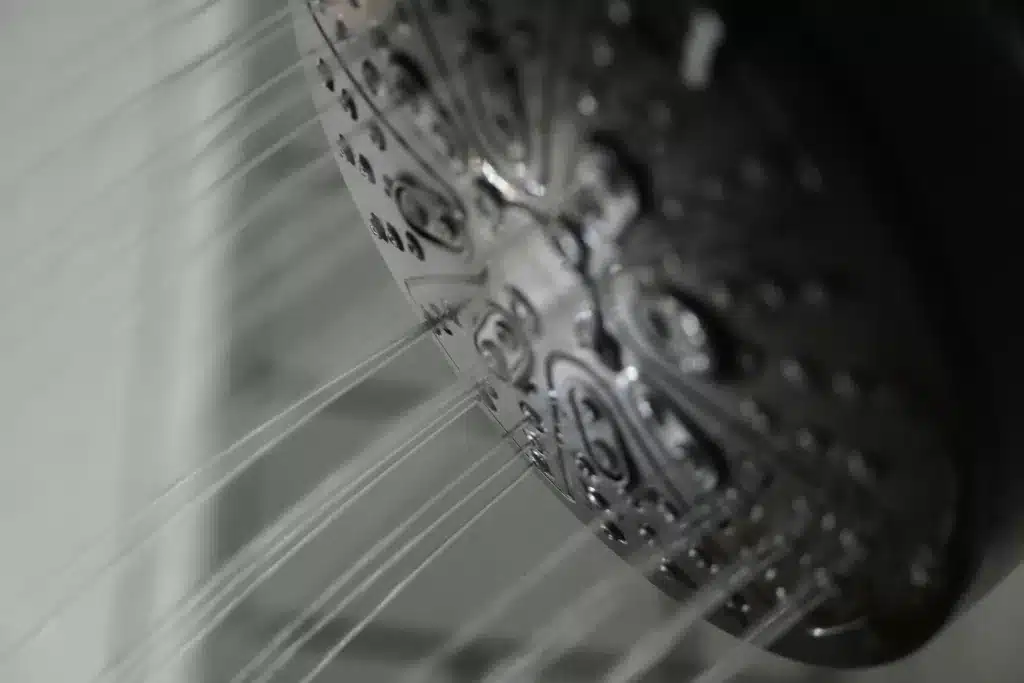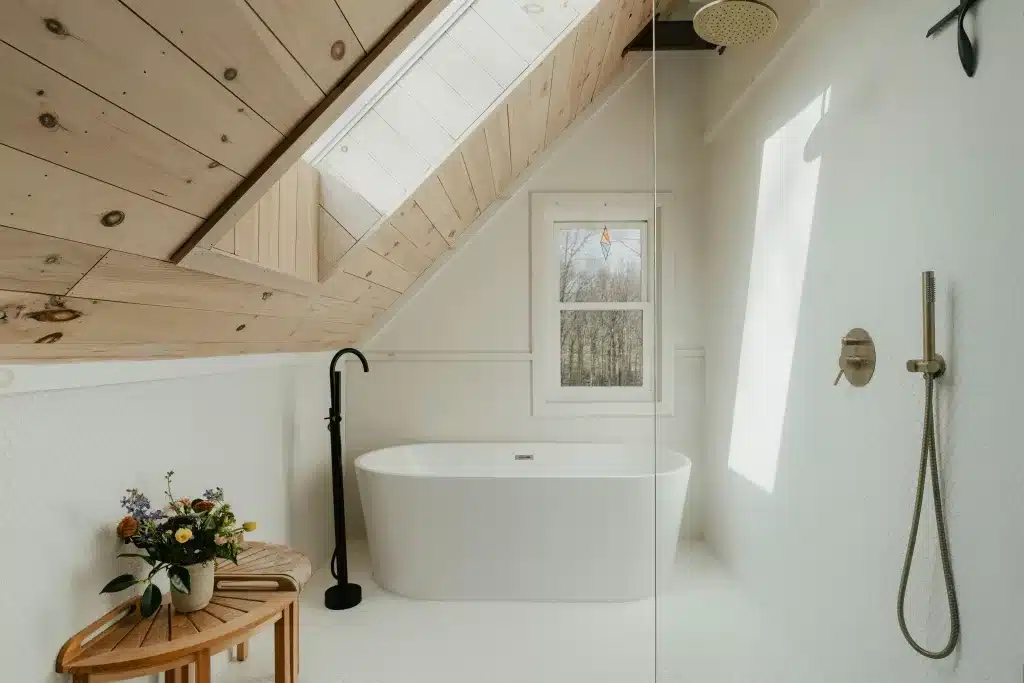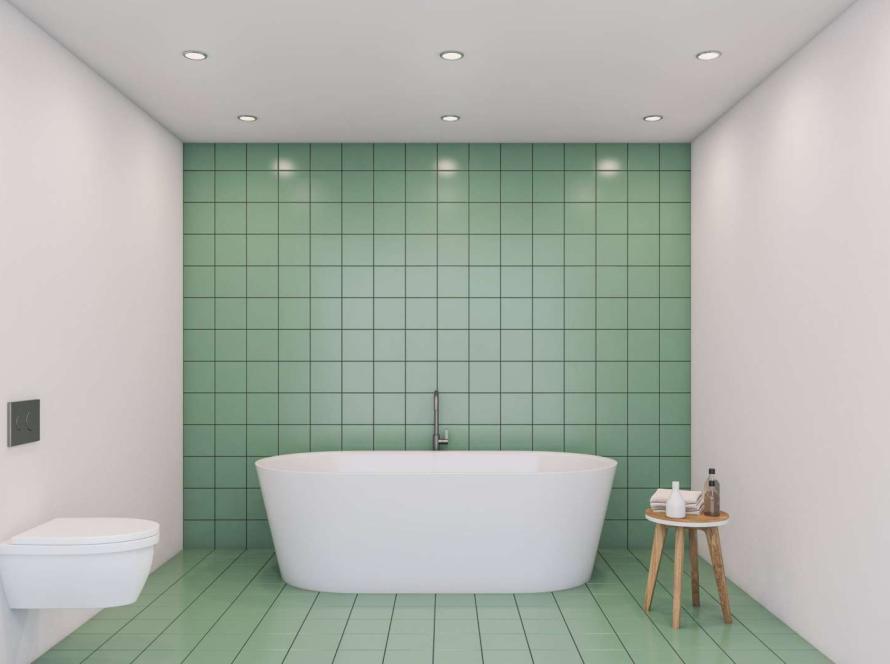Have you ever stepped into a shower only to find yourself standing in an unexpected puddle?
The culprit often lies hidden beneath your feet. Because a misstep in shower pan installation can turn your bathroom into a swamp.
That’s why today we’re diving into the 12 most common mistakes made during shower pan installation. Let’s get your shower pan installation right!

1. Ignoring Manufacturer’s Instructions
When installing a shower pan, one of the first steps is to open the box and find the instructions.
This might seem like a no-brainer, but you’d be surprised how many people skip this part. Each shower pan comes with a set of guidelines straight from the people who made it.
They know their product best. These instructions aren’t just suggestions. They’re the key to making sure your shower pan works like it’s supposed to.
2. Inadequate Preparation of the Subfloor
Before laying down a new shower pan, the ground beneath it needs your attention. This part of the job is all about the subfloor, which needs to be clean, level, and strong.
Imagine installing your shower pan only to find out later that it’s not sitting flat because the floor underneath was uneven. Or worse, it could crack if the subfloor isn’t solid enough to support it.
Cleaning the area might sound simple, but it’s a step you shouldn’t skip. Dust, dirt, or any loose particles can get in the way of a good install.
Making sure the subfloor is level is next. Even a small tilt can mess up the direction of the water flow, leading to leaks or pooling water.
Lastly, check the strength of your subfloor. It needs to handle the weight of the shower pan, water, and the person using it.
3. Incorrect Shower Pan and Drain Alignment
Getting your shower pan and drain to line up perfectly is a big deal. When they don’t match up right, water doesn’t flow as it should.
Instead of going down the drain, it might hang out on the surface. Or even worse, it might start leaking where you least expect it.
The key is to double-check the fit before you seal everything in place. You want to make sure that the drain in the floor and the hole in the shower pan are close and perfectly aligned. If they’re even a little bit off, you’re going to have problems.
Sometimes you might need to adjust the position of the drain or even cut a new hole in the subfloor to get things just right.
4. Failure to Waterproof Correctly
Without the right shower pan waterproofing, water can sneak its way into places it shouldn’t be. This can lead to mold, mildew, and damage that’s both costly and a headache to fix.
Some people might miss a spot or not use the right materials. It’s important to cover every inch, making sure there are no gaps or weak spots.
The edges and where the shower pan meets the walls need extra attention. These are places where water loves to find its way through.
5. Neglecting the Slope Towards the Drain
Creating a slight slope in the shower pan towards the drain is something you can’t afford to miss. This slope is what makes water flow down the drain instead of pooling on the floor.
If the water doesn’t drain properly, it can lead to slip hazards or become a breeding ground for mold and mildew.
The slope needs to be subtle but effective. Too steep, and your shower floor will feel uneven underfoot. Too flat, and you’ll have standing water.
The goal is to guide the water smoothly towards the drain without creating a mini ski slope.
6. Choosing the Wrong Shower Pan Size or Style
Picking out the right shower pan is more than just finding one that looks good. The size and style of the shower pan have to match your bathroom’s layout and your needs.
If you get this wrong, you might end up with a pan that doesn’t fit, or worse, one that causes water issues down the line.
The size of your shower space dictates the size of the pan you need. If it’s too small, you’ll have gaps that can let water escape.
Too big, and it won’t fit without some unnecessary remodeling. The style is also important. Different styles work better with certain bathroom designs and drainage setups.
Before making a decision, measure your space carefully. Consider how the water will flow in the design you have in mind. It’s also a good idea to talk to someone with experience in bathroom remodeling or plumbing.
7. Improper Use of Equipment and Tools
Using the right tools and equipment is key to installing a shower pan the right way.
For example, you’ll need a level to make sure your shower pan and floor are perfectly flat. A notched trowel is essential for applying adhesive evenly.
Without these, you could end up with a lopsided shower pan or uneven adhesive application, leading to leaks or tiles that don’t stay in place.
Don’t forget about safety gear, either. Gloves, goggles, and even a mask can protect you from sharp edges, dust, and harmful chemicals. Skipping on safety can lead to accidents, some of which could have long-term consequences.
8. Poor Sealant Application
A good sealant application is what keeps the water in your shower from making unexpected visits to other parts of your home.
This step might seem simple, but it’s where many DIYers find themselves in a sticky situation, literally and figuratively. The goal is to create a watertight barrier that prevents leaks.
You need to prepare the surfaces first, making sure they’re clean and dry. Any moisture or debris can prevent the sealant from sticking as it should.
Then when you apply the sealant, you have to get it into all the cracks and gaps without leaving any holes or thin spots.
9. Overlooking Local Plumbing Codes
Paying attention to local plumbing codes isn’t the most exciting part of installing a shower pan, but it’s essential. These codes are there for a reason.
They make sure everything in your bathroom is safe and works well. Ignoring them can lead to big problems. You might end up with a shower that’s not just poorly installed, but also illegal.
A quick call to your local building department can save you a lot of trouble down the line. They can tell you what you need to know to keep your project on the right side of the law.
10. Inadequate Connection to the Sanitary Tee
The sanitary tee is a piece of your plumbing that makes sure wastewater goes where it’s supposed to. A poor connection here can mean leaks, clogs, or sewage issues.
Making a solid connection involves ensuring that the pipes fit together perfectly. If they’re not the right size or type, they won’t seal properly. This can lead to leaks inside your walls or under your floor, where you might not notice them until they’ve done a lot of damage.
If you’re not sure how to make this connection, or if it’s your first time tackling a project like this, don’t hesitate to ask for help. A professional plumber can make sure everything is connected correctly and up to code.
This step might seem small in the grand scheme of your bathroom remodel, but getting it right is crucial for a functional and safe shower.
11. Failing to Test Before Finishing

Testing your shower is a step you can’t afford to skip. This means checking to see if water flows and drains as it should and making sure there are no leaks.
To do this right, you’ll need to let water run in the shower for a while. Watch how it flows. Does it head straight to the drain, or does it pool in places? Pooling water can be a sign that the slope isn’t quite right.
Then, check around the edges and where the shower pan meets the walls. Look for any water escaping or signs of leaks.
12. Not Consulting with Bathroom Contractors
Sometimes, trying to do everything on your own can end up being a mistake, especially with something as complex as installing a shower pan. This is where the advice and skills of professional bathroom contractors can be invaluable.
They have the experience and knowledge to spot potential problems that you might miss. Plus, they’re up-to-date on all the local building codes and regulations.
Hiring a contractor doesn’t mean you’re not capable of doing the work yourself. It means you’re making sure the job is done right the first time.
They can offer guidance on the best materials for your specific situation and might even save you money by preventing costly mistakes. For example, they can ensure your drain is correctly connected, your waterproofing is flawless, and your shower pan is properly installed.
Perfecting Your Shower Pan Installation

Compare Quotes from Top-rated Bathroom Remodel contractors in your area.
Correct shower pan installation will give you a functional, leak-free bathroom. By avoiding all of these common mistakes, you’re setting yourself up for a trouble-free shower. But at the same time, it’s always a good idea to get help from professionals.
Ready to move forward? Tap here to get a free estimate from top-rated bathroom remodeling pros in your area!





Facebook
Comments